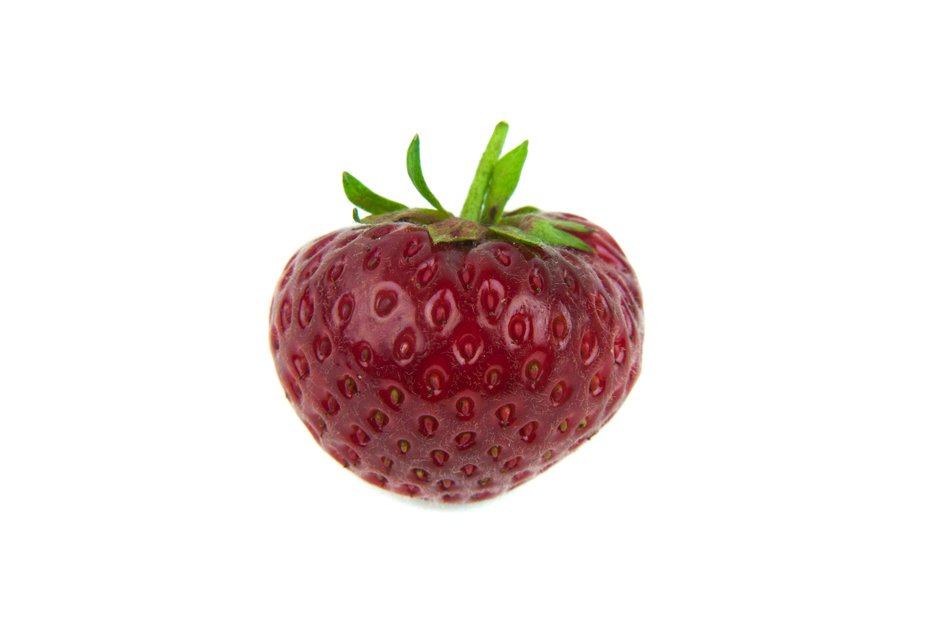Fragaria × ananassa 'Finesse' (F)

strawberry 'Finesse'
An everbearer, producing a good yield of high quality, well-flavoured, red berries in long trusses from early summer to early autumn. It has very good disease resistance, but produces few runners

Buy this plant
Size
Ultimate height
0.1–0.5 metresTime to ultimate height
1–2 yearsUltimate spread
0.1–0.5 metresGrowing conditions
Moisture
Moist but well–drainedpH
Acid, Alkaline, NeutralColour & scent
| Stem | Flower | Foliage | Fruit | |
| Spring | White | Green | ||
|---|---|---|---|---|
| Summer | White | Green | Red | |
| Autumn | Green | Red | ||
| Winter | Green |
Position
- Full sun
Aspect
South–facing or West–facing
Exposure
Sheltered Hardiness
H6Botanical details
- Family
- Rosaceae
- Native to GB / Ireland
- No
- Foliage
- Semi evergreen
- Habit
- Trailing
- Genus
Fragaria are stoloniferous perennials with leaves composed of three leaflets, and rounded white or pink flowers followed by edible red fruits
- Name status
Accepted
How to grow
Cultivation
Grow in fertile, moist but well-drained soil in full sun. Plant in single or double rows with 30-45cm between plants and 75cm between rows. Plant through biodegradable, weed-suppressing membrane, or apply straw to keep strawberries clean. Can be successfully grown in a container, including growbags. See strawberry cultivation for further details
Propagation
Remove and transplant runners
Suggested planting locations and garden types
- Patio and container plants
- Cottage and informal garden
- Wildlife gardens
- Edible fruit
Pruning
Remove runners
Pests
May be susceptible to aphids, slugs, glasshouse red spider mite and vine weevil
Diseases
May be affected by strawberry viruses. Fruit prone to grey moulds
Get involved
The Royal Horticultural Society is the UK’s leading gardening charity. We aim to enrich everyone’s life through plants, and make the UK a greener and more beautiful place.